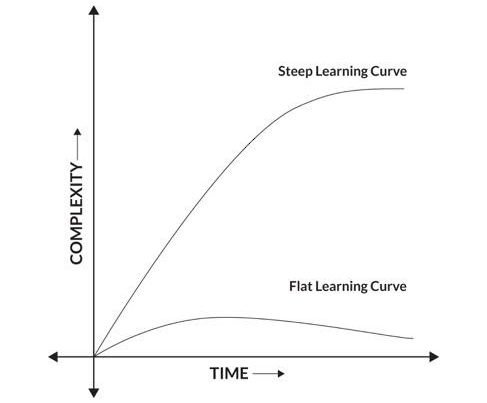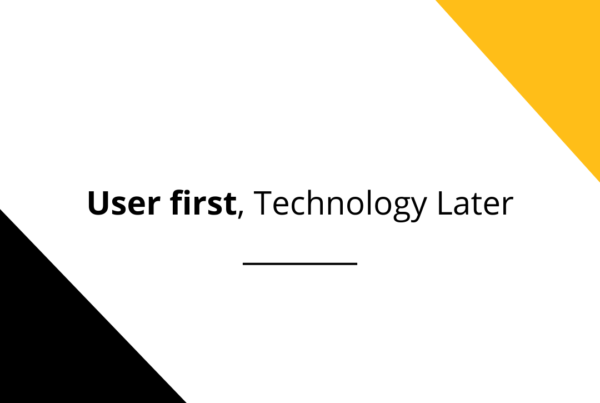A few days back, a friend sent me a link to a Ted talk by Martin Danoesastro
This lovely talk helped crystallize multiple thoughts going on around in my head for the past few years. I would like to paraphrase the same with a few additions from my side.
In a rapidly changing world, will today’s Organisation structures survive? Almost all big organisations have a siloed, hierarchical structure. Functional teams sit together (or are electronically connected across the globe). Wherever they sit, they are always together. And there is a CXO on top (maybe located anywhere, but always in control of his team). Approvals come from level-to-level, down the line. Most of the time, great ideas are lost in transmission.
There are innumerable handovers (from one functional team to the other) required, to initiate action. Most of the time, these handovers limit the scope of action, if not restrict it altogether. A lot of time is wasted on meetings (another word for endless debates, with no tangible output), to make these handovers possible. Not only is time wasted, but the momentum of passion is lost too. ‘Actionable Insights’ get watered down, due to the sheer hierarchies that the information has to pass through. Decision making loses transparency and hence there is no ‘Alignment’ to the purpose of the activity. This leads to lack of ownership down the line.
Imagine, if you are trying to develop a new offering for a customer. The generic process flow can be summarized as follows:
- Someone from the marketing/sales team is in touch with the customer.
- She/he captures the customer’s brief and hands it over to her/his superior, who whets It and creates an internal brief.
- This brief is handed over to the head of the product team.
- The head of the product team, chooses members who are best fitted to work on the brief.
- The team works on the product architecture and hands it back to their boss (the head of the product team). A few internal meetings later, the solution architecture is finalized and signed off in the presence of the requirement gatherer (usually from marketing/sales)
- The head of the product team hands it over to the head of engineering, who again follows a similar process (chooses members who are best fitted to work on the product brief)
- The engineers do their best, create a solution.
- The head of engineering then hands it over to the head of the product team.
- A few back and forths happen between the product and the engineering teams for tweaks and modifications.
- The head of products hands it over to the sales/marketing head.
- The sales/marketing folks then share it with the customer.
- Trials by the customer require tweaks.
- For every tweak, most the above steps (from 2 to 10) are followed, in varying degrees of intensity.
Most organisations follow more or less the above process. Pl. count the number of handovers involved in the above flow. If all handovers are ‘First time Right’ then, I could count NINE. If tweaks and modifications are sought (which is usually the case), then the number of handovers would increase in MULTIPLES of NINE. Imagine the time, effort, resource spent during the entire process. CAN THIS BE REDUCED?
To find the answer, let us look at how ‘Special Operations Teams’ operate in the armed forces. Suppose there’s a mission to blow up a terrorist hideout. A set of highly skilled members are put together in a team. Each one of them brings in a different skill-set. There are combat specialists, snipers, explosives specialist, a medico, a communications expert, a team lead (commander) etc. they train together for a few days/weeks (depending upon the scale of the operation) and are disbanded as soon as the operation is over, only to become a part of another team for another mission.
What should we learn from the armed forces?
- A specific team is created for a specific outcome and dissolved later.
- There is an Alignment around the Purpose of the mission
- The team is responsible for all on-field decisions and responds to crises as it deems fit. There are no calls to HQ for approvals. The alignment around the purpose leads to Autonomy.
- Each member is highly skilled in his domain and is hand-picked for the purpose of the mission. The team is Multi-disciplinary.
- Though the team lead is the supreme authority, the structure is flat. Each member is highly empowered and hence highly motivated.
- Decision-making is fast and iterative. Outcomes are quickly achieved. The team is Nimble and Flexible.

How would it translate into an organogram?
Well, the conventional organogram is an obsolete concept.
- We should create teams aimed at delivering outcomes and not as per functional specialisations
- For tackling a specific customer issue, can the marketing, product, engineering, IT folks not become a team and be responsible for solving it? Such teams could either co-locate or collaborate to share information instantaneously and act immediately, cutting out conventional handovers.
- Such teams will build and test solutions with the customer in the loop at all times.
- More importantly, such teams should be empowered to do the building and testing independently, without waiting for conventional, hierarchical approvals.
- For this, the team members have to be highly skilled, motivated and aligned to the outcome.
Benefits
If we make this happen, we would:
- Be able to flatten organisations
- Be able to create nimble, flexible and more responsive, productive organisations.
- Be able to keep and grow our base of SATISFIED and LOYAL CUSTOMERS.
What are we willing to give up to make this happen?
- Information Shields (often meant to create power centers)???
- Sense of individual importance which comes along with the authority to SIGN OFF???
Please add to this list in the comments section
These changes are bold but effective. To create this in your organization contact us 🙂




